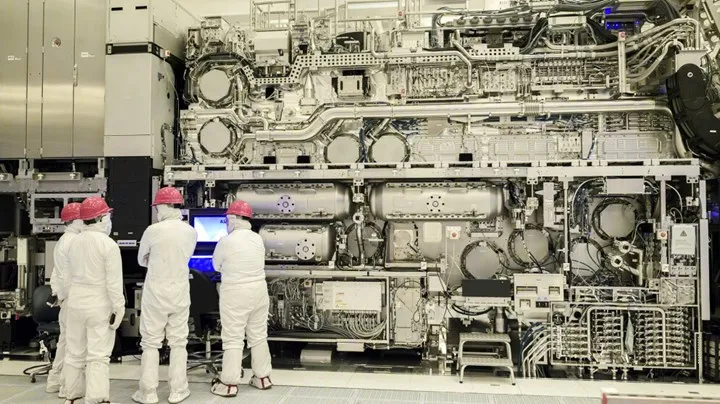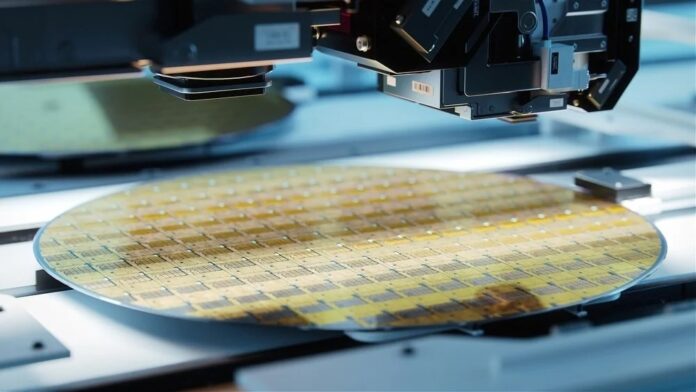Russia has developed its first domestically produced lithography tool for chip manufacturing. This tool, capable of producing chips with a 350nm process and above, marks a significant milestone in Russia’s semiconductor production efforts. Currently in the testing phase, this lithography tool represents an important step for Russia towards self-sufficiency in chip production.
Technological Context and Applications
The 350nm process is considered outdated compared to today’s advanced 3nm chips. However, it remains relevant for certain applications, such as automotive and power chips, and some less advanced military-grade chips. Historically, the 350nm node was used by Intel in the mid-1990s for its Pentium MMX, Pentium Pro, and Pentium II processors. AMD also utilized this technology for its K6 processors in 1997.

Current State of Russian Semiconductor Manufacturing
Despite this advancement, a 350nm production process is considered outdated even within Russia. The country’s contract chip manufacturers, Angstrem and Mikron, already offer more advanced production processes ranging from 250nm to 90nm. The commercial viability of Russia’s new lithography tool is still uncertain. It is likely intended as a stepping stone towards developing more advanced lithography machines.

Strategic Importance and Future Goals
The development of this lithography tool comes in the wake of the Russia-Ukraine war, which has restricted Russia’s access to Western-made chips. This has spurred efforts to reduce dependency on external sources by boosting domestic chip production. However, Russia’s semiconductor sector is advancing at a slower pace than the government had projected. According to announced targets, local production was supposed to ramp up using 90nm technology by the end of 2023, with aims to reach 28nm by 2027 and 14nm by 2030.
This domestic tool could serve as a critical foundation for future technological advancements, allowing Russia to gradually achieve its ambitious semiconductor goals.
What do you think about Russia’s strides in semiconductor technology? Share your thoughts in the comments section below.

